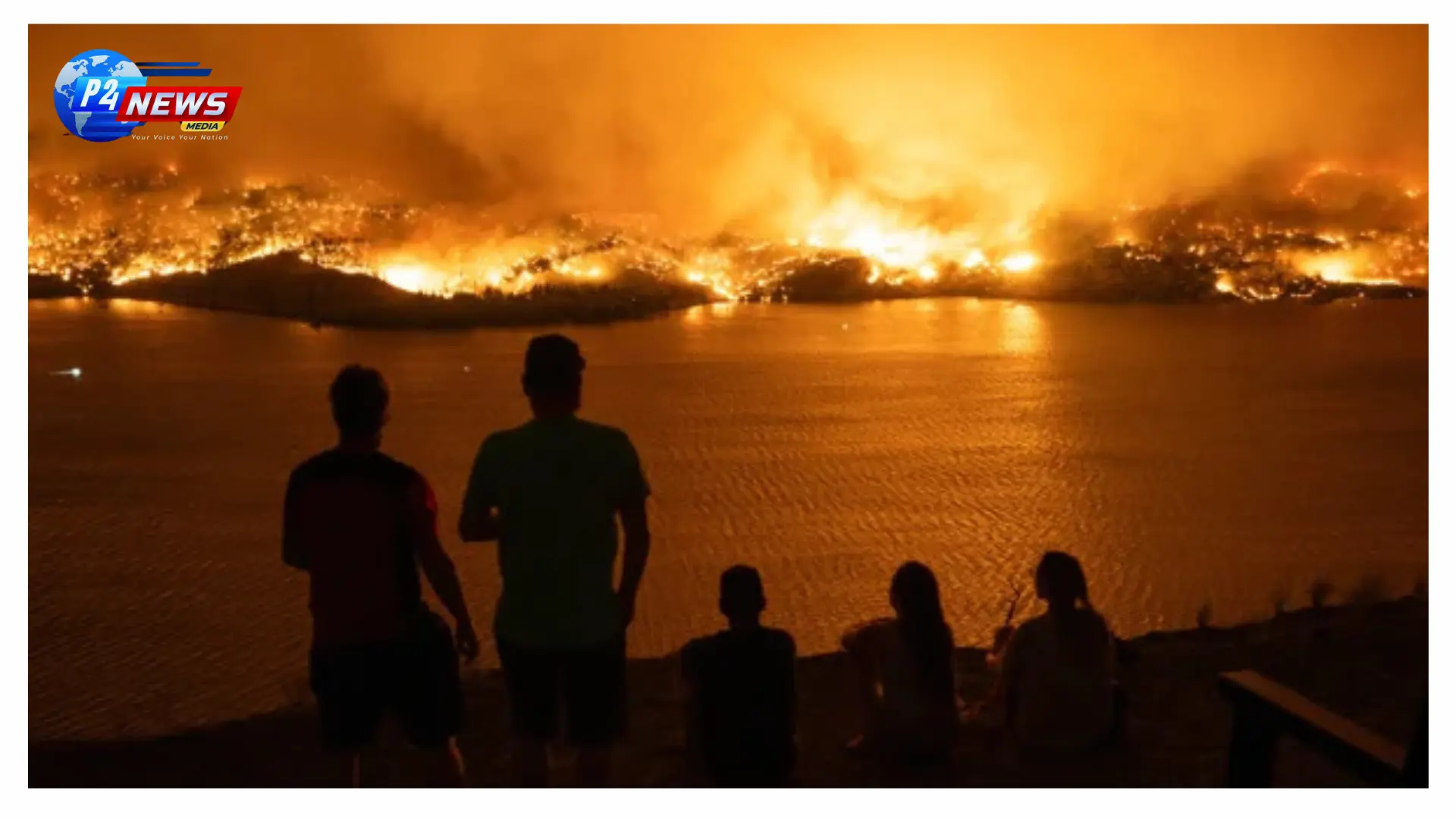Australia is experiencing some of the hottest spring conditions in years, with temperature spikes leading experts to predict a scorching summer. With the mercury soaring above average, residents should brace for a heatwave that might break records.
Australia is experiencing some of the hottest spring conditions in years, with temperature spikes leading experts to predict a scorching summer. With the mercury soaring above average, residents should brace for a heatwave that might break records.
Australia is currently grappling with some of the hottest spring weather recorded in years. This week, temperatures have soared significantly, reaching levels up to 13 degrees Celsius above the seasonal average. From the outback to the coastal cities, Australians are feeling the heat, prompting discussions about the implications for the upcoming summer.
Midweek temperatures climbed to alarming highs, surpassing 40 degrees Celsius in various regions, including Birdsville, Wilcannia, and Moomba, all registering spring temperature records for their states. The town of Roebourne in Western Australia's Pilbara region recorded an astonishing 46 degrees Celsius last weekend, marking it as the hottest spring temperature in Australia since November 2020. Meanwhile, Tasmania's Bushy Park reached 31 degrees Celsius, its highest spring temperature in four years.
The capital cities are not exempt from this heatwave; both Melbourne and Sydney have reported temperatures exceeding 30 degrees Celsius, experiencing their hottest days since March. Brisbane is also bracing for a muggy forecast of 33 degrees Celsius on Friday. Meteorologists attribute this surge in temperature to a stagnant high-pressure system known as a "heat dome," which traps heat and prevents cooler air from circulating.
As this heatwave extends its grip, the BOM has warned that northern Australia and southeast Queensland will continue to endure sweltering conditions, particularly into the weekend. Although cooler winds are predicted for the southern regions, much of northern Australia will still experience daily highs significantly above average.
With this heat comes an increased risk of bushfires, as high fire dangers loom over most of Western Australia, New South Wales, and Queensland. Though wind conditions remain below extreme thresholds, the potential for fire hazards raises concerns for residents and authorities alike.
This ongoing heatwave has the potential to rewrite records, particularly in central Queensland, where towns like Longreach have already registered six consecutive days above 40 degrees Celsius. Predictions indicate that this trend may continue for several more days, possibly matching or exceeding the current record of 13 spring days above 40 degrees established in 2014.
The forecasts indicate a potential reprieve from the intense heat could take a week or more as the heat dome dissipates. This change would depend on a combination of cooler southern winds and increased cloud cover across the tropics. While the southern regions may not face another wave of extreme heat in the immediate future, the BOM's seasonal modeling suggests summer will be exceptionally warm, with temperatures expected to average around 1.5 degrees Celsius higher than the long-term average.
Climate change remains a significant concern in the context of this weather pattern. Warmer ocean temperatures are influencing atmospheric conditions, leading to heightened humidity levels, which in turn affect night-time temperatures. For instance, ocean temperatures off the northern Western Australia coast have peaked at 3 degrees Celsius above average. Such conditions will contribute to muggy nights and difficulties in cooling down as humidity levels rise.
As discussions about climate and weather intensify, political ramifications are also on the horizon. With Donald Trump returning to the U.S. Presidency, Australian politicians are contemplating the implications this might have on Australia's climate policies and international relations. The re-emergence of Trump poses unique challenges and opportunities for Australian leaders, particularly concerning climate commitments and partnerships.
In summary, Australia is currently confronting a heatwave that is both record-setting and indicative of longer-term climatic changes. As the country prepares for a potentially extreme summer, both residents and policymakers must navigate the challenges posed by rising temperatures and shifting political landscapes.
Like
Dislike
Love
Angry
Sad
Funny
Pray
'Trump Tracker: Tulsi Gabbard's Surprising Appointment as US Intelligence Chief
November 14, 20249th Ayurveda Day in Melbourne: A Celebration of Ayurvedic Innovations and Global Health Impact
November 10, 2024🍪 We Value Your Privacy and Experience Hi there! We use cookies to enhance your browsing experience, provide personalized content, and analyze site traffic. By continuing to use our site, you consent to our use of cookies.







Comments 0